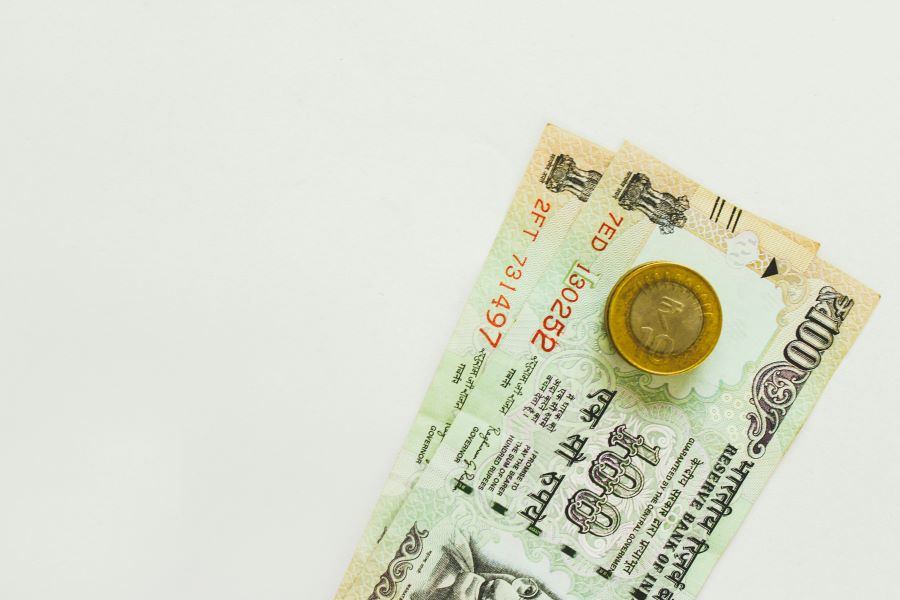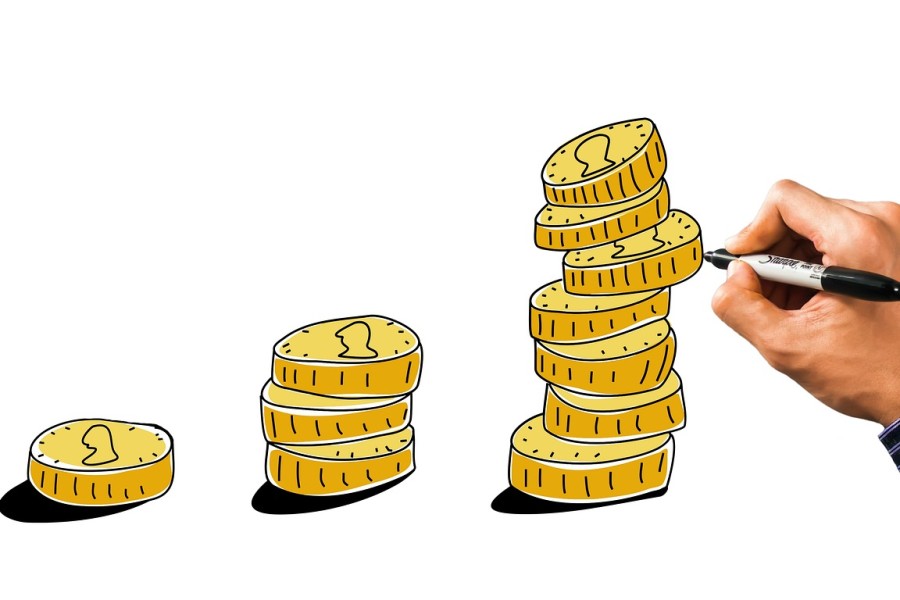Fixed Deposits (FDs) are a popular investment choice for risk-averse investors seeking assured returns. However, maximising the benefits of FDs requires strategic planning. Here are seven effective Fixed Deposit strategies to follow.
1. Laddering Your Fixed Deposits
Laddering involves spreading your investment across multiple FDs with different maturities. This strategy helps manage interest rate risk and ensures liquidity. For instance, instead of investing ₹20 lakh in a single FD, you can divide it into five FDs of ₹4 lakh each with maturities of one, two, three, four, and five years. As each FD matures, you reinvest it for another five years, thereby creating a ladder of investments maturing annually. This way, you can take advantage of varying interest rates and have regular access to funds.
Read more: Fixed deposit laddering – what it is and how it works
2. Choosing the Right Tenure
The tenure of your Fixed Deposit plays a crucial role in determining the interest rate you receive. Generally, longer tenures offer higher interest rates. However, it’s essential to balance the tenure with your financial goals and liquidity needs. For short-term goals, opt for FDs with shorter durations, while for long-term objectives, longer tenures can help maximize returns. Additionally, consider the prevailing interest rate trends before locking in a long-term FD.
Want to book your funds in an FD for better ROI? Download the Airtel Thanks app and book your FD from Airtel Finance with just a few documents.
3. Opting for Cumulative vs. Non-Cumulative FDs
Cumulative FDs reinvest the interest earned, which is paid out along with the principal at maturity, benefiting from the power of compounding. This option is ideal for investors who do not need regular income and are looking to grow their wealth over time. On the other hand, non-cumulative FDs pay interest at regular intervals (monthly, quarterly, half-yearly, or annually), making them suitable for those who require periodic income. Choosing the right type depends on your cash flow requirements and financial goals.
Read more: How to use fixed deposits as collateral for loans?
4. Utilizing Tax-Saving FDs
Section 80C of the Income Tax Act allows a deduction of up to ₹1.5 lakh per financial year for investments in tax-saving FDs with a lock-in period of five years. By investing in these FDs, you can reduce your taxable income while earning a stable return. However, the interest earned on these FDs is taxable, and premature withdrawal is not allowed. It’s a beneficial strategy for those in higher tax brackets looking to save on taxes.
5. Diversifying Across Banks and Financial Institutions
Spreading your Fixed Deposits across multiple banks and financial institutions can mitigate risk. Different banks offer varying interest rates and features, allowing you to benefit from the best offers. Additionally, the Deposit Insurance and Credit Guarantee Corporation (DICGC) insures deposits up to ₹5 lakh per bank per depositor. By diversifying, you can ensure a higher portion of your investment is protected under this insurance scheme.
Read more: What is a cumulative fixed deposit? How does it work?
6. Reinvesting the Maturity Proceeds
Reinvesting the maturity proceeds of an FD into a new FD can help you continue earning interest on your savings. This strategy is particularly effective if you do not need the funds immediately. By continually rolling over your FDs, you can benefit from compounding and potentially higher interest rates over time. Ensure to evaluate the current interest rates and choose the tenure wisely while reinvesting.
7. Considering Premature Withdrawal Penalties
Most banks and financial institutions charge a penalty for premature withdrawal of FDs. This penalty can range from a reduction in the interest rate to a flat fee. Before investing, understand the terms and conditions related to premature withdrawals. In case you anticipate needing funds before the FD matures, consider opting for FDs with lower penalties or those offering a partial withdrawal facility. Alternatively, you can keep a portion of your savings in liquid or short-term FDs to avoid hefty penalties.
FAQs
What is the minimum amount required to open a Fixed Deposit?
The minimum amount varies by bank, typically starting from ₹1,000. Check with your bank for specific requirements.
Are Fixed Deposits, a safe investment?
Yes, FDs are considered safe as they offer guaranteed returns and are less volatile compared to market-linked investments. Additionally, deposits up to ₹5 lakh per bank per depositor are insured by the DICGC.
Can I take a loan against my Fixed Deposit?
Yes, many banks offer loans against FDs, usually up to 90% of the deposit amount, at an interest rate slightly higher than the FD rate.
How is the interest on Fixed Deposits taxed?
The interest earned on FDs is taxable as per your income tax slab. Banks also deduct TDS at 10% if the interest exceeds ₹40,000 in a financial year.
Thus, follow these FD strategies and maximise your ROI in no time! Book your FD from Airtel Finance to make the most of your next FD.


 Get App
Get App  Airtel Store
Airtel Store  Login
Login 


